best Breathing Tips for runners - How to breathe properly while running
Before we get to the breathing tips and techniques, I first want to talk about why we should focus on our breathing.
Breathing technique is not something that I particularly stress over as a runner but there are some definite benefits to breathing "correctly" and effectively.
Hopefully these quick, practical and effective breathing tips will help make you a better runner!
So, Why Focus on Breathing?
It keeps you from feeling out of breath when you run!
It's not good if you feel like you can't quite catch your breath.
If you feel like you are out of breath every time you run then try one of the tips below to see if you can change this!
Benefits of focusing on your breathing pattern while you run:
1.Bringing in more oxygen into your body will ultimately help you to stay in your aerobic zone.
When you are performing long distance runs such as half marathons and full marathons you want to at the very least be able to finish your race.
If you are breathing too fast or breathing too shallow you can cause your body to overwork, enter the anaerobic zone which will then decrease your endurance ability, and increase your time to fatigue and increase muscle soreness.
2. Breathing improperly will cause your heart rate to increase and your intensity level.
While you are running, you want to be aware of your heart rate and know what range it should be at during each type of run that you perform.
Many recreational runners hover around a 60-70% target heart rate.
If you are expending more energy than you should then your heart rate will increase and it will feel as if you are working much harder than you need to be.
Here is a guide on finding your target heart rate as a runner.
3. Breathing properly reduces the stress placed on your body and keeps you more relaxed and calm.
If you are a runner, you probably want to reap all of the stress-free benefits of running that it can bring.
Breathing properly will help you enhance this benefit!
Also, staying relaxed and calm throughout your muscles and body will better help you to avoid unnecessary muscle soreness and potential injury.
4. You can run longer!
Yes!
Employing proper breathing techniques will enable you to run longer with more stamina and energy!
5. It will help to increase your running economy.
Focusing on exhaling properly (releasing most of your carbon dioxide) will increase your running economy and release tension throughout your body.
6. it will help you to stay on target with your goal pace for that run or race!
Breathing properly will help
to keep you on goal pace and allow you to run more comfortable, successful
races.
Here is also a finishing time calculator for marathoners and a pace chart!
How is breathing technique developed?
First of all, what even is the definition of "breathing technique"?
According to medical-dictionary.com:
"Any form of exercise in which one switches from shallow rapid breathing to deeper slower breathing, the most refined of which were developed in yoga; such exercises allegedly improve blood circulation, calm nerves and draw in vital substances (of an unspecified nature) which are not normally inhaled."
Most running coaches and exercise physiologists will simply look at how much air you move in and out of your lungs at a certain rate.
written in equation form:
Tidal Volume (size of breath) x frequency = How much air you move in and out of your lungs.
These two factors:
- tidal volume and
- frequencey
are inversely related meaning that if you breathe too fast you thereby increase the frequency of your breaths and will reduce how much air you can actually take in.
If you slow your breaths down you can increase the amount of air that your body can take in.
However, you can slow your breathing rate down too much.
Therefore, knowing when to use what breathing technique will help you to maximize your running economy and stay on pace.
Proper Breathing Tips & Techniques for Different Paces & Workouts
Did you know that your pace is what can really help to determine your breathing pattern.
The faster you run the more breaths you will have to take in to sustain that pace.
how to breathe properly while running?
The best breathing pattern for runners:
As a runner, the best breathing pattern for the most effective oxygen uptake is to take 2 steps for each breath in and 2 steps for each breath out.
This can be signified as a 2-2 breathing pattern.
However depending on your speed and intensity this breathing pattern will change.
when to change your breathing pattern as a runner:
breathing tips & patterns For speedwork, hill training, tempo runs etc:
During speed workouts, hill workouts, tempo runs, etc. you can continue to use a 2-2 (2 steps breathe in, 2 steps breathe out) breathing pattern.
However, you may also find that using a 1-2 or 2-1 breathing pattern to be more effective or natural for you when you increase your speed or intensity.
At this breathing rate you will find it difficult to carry on a conversation if you can even do so.
Often times speedwork will require you to run at a more vigorous intensity which will mean increasing your pace and breathing pattern in order to allow you to sustain the higher level of intensity.
breathing tips & patterns For marathons, long runs, easy runs, and recovery runs:
During long, steady runs such as running in a marathon, half marathon, 10 race, long run or easy run, you can use a 3-3 breathing pattern.
Keeping your breathing rate down and steady will help you to:
- stay in that aerobic zone
- increase your endurance capacity and
- push back fatigue.
At this breathing rate you should be able to carry on a conversation comfortably.
best Breathing Tips for Inhaling and Exhaling while running
1. The number one of all the breathing tips is to remember is to breathe DEEPLY .
Focus on breathing deep through your belly (diaphragm) and not through your chest.
When you are running, notice if your chest is rising and falling.
It shouldn't be!
If you are slouching and not running tall you are more likely to be chest breathing (or breathing shallowly).
So do a posture check every once in awhile and notice how you are breathing.
2. It is more natural for us to breathe in through our nose and out through nose
It is more natural for us to breathe in through our nose and out through nose with our mouth open and our tongue resting on the roof of our mouth slightly behind our teeth.
However, you can find that it becomes tiring to just keep track of your breathing intake or even to breathe in and out in a certain pattern for so long especially when running the marathon distance.
Switch it up between breathing in through your nose, out through your mouth, or in and out from your mouth.
Truly it comes down to proper posture, running form and breathing in the way that's most comfortable for you.
3. how to breathe when running in cold weather
Breathing in the cold air is what gives you that "sore throat" feeling during and after a run.
Therefore, when you are running in cold weather it is best to always breathe in through your nose to warm the air before it hits your lungs.
Breathing in through your mouth will cause that soreness in your throat area since you are breathing in cold air, sometimes even sub-freezing air!
4. Focus on exhaling to make sure you are getting all of your carbon dioxide (CO2) out.
This will really require you to
breathe in and out through your belly but it will increase your running
economy and efficiency!
Exhaling all of your CO2 (carbon dioxide) out becomes even more important when you are running at faster speeds or doing hill or speed training.
Proper Posture Breathing Tips
- Keep your upper body straight and tall.
- Make sure to keep your shoulders back and not rounded.
- Look out straight in front of you. Notice when you are looking downwards you tend to automatically round your shoulders.
- Keep your chest LIFTED. Think tall!
- Keep your neck long and don't keep your chin to your chest.
- Wear a proper sports bra if you are a woman. See why this is important and tips for bra shopping here.
If you are a beginner runner looking for more tips then I have 72 beginner running tips right here for you!
Pages Related to Breathing Tips
👋Sign up to receive the free printable strength exercises for runners: 👇
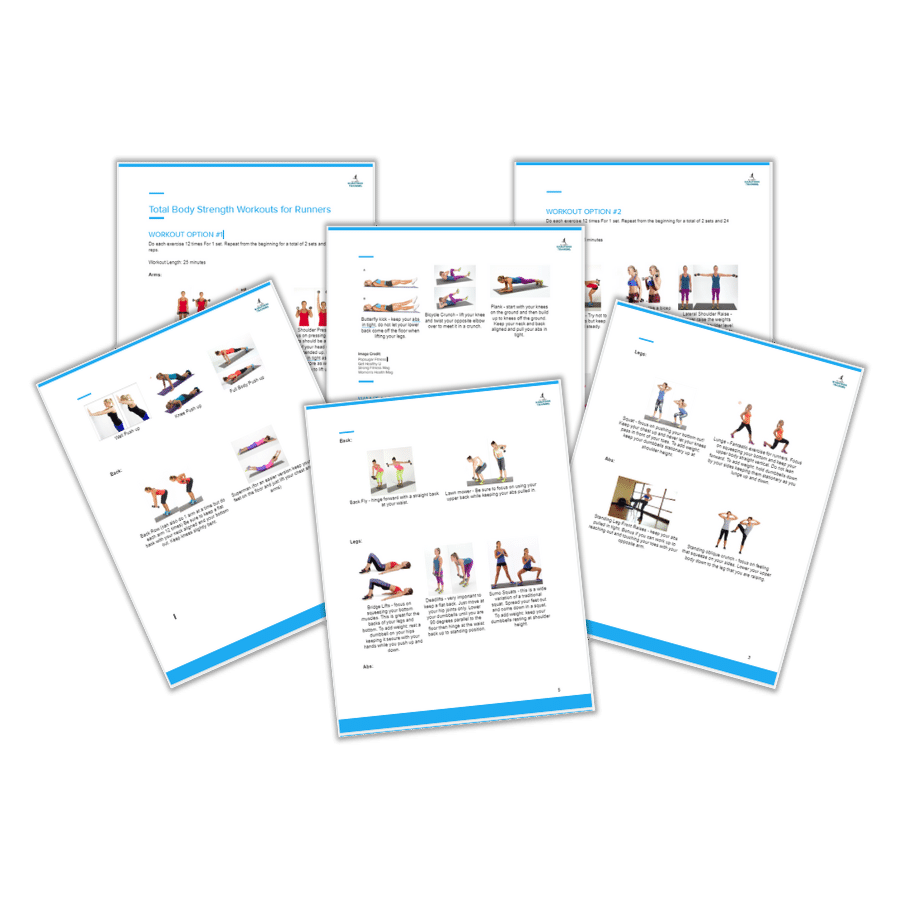 |
As featured on:

References:
How to Breathe While Running: Running Tips and Breathing Technique to Run Faster. Vo2maxProductions, 26 Feb. 2014. Web. 24 Oct. 2016.
Optimal Breathing. Perf. Jack Daniels. The Run SMART Project. The Run SMART Project, 22 Jan. 2013. Web. 24 Oct. 2016.
Running Technique - Breathing Part 1: How to Run
without Losing Your Breath. Perf. Will
Wragg. Running Injury Free Revolution. N.p., 13 Aug. 2013. Web. 24 Oct. 2016.

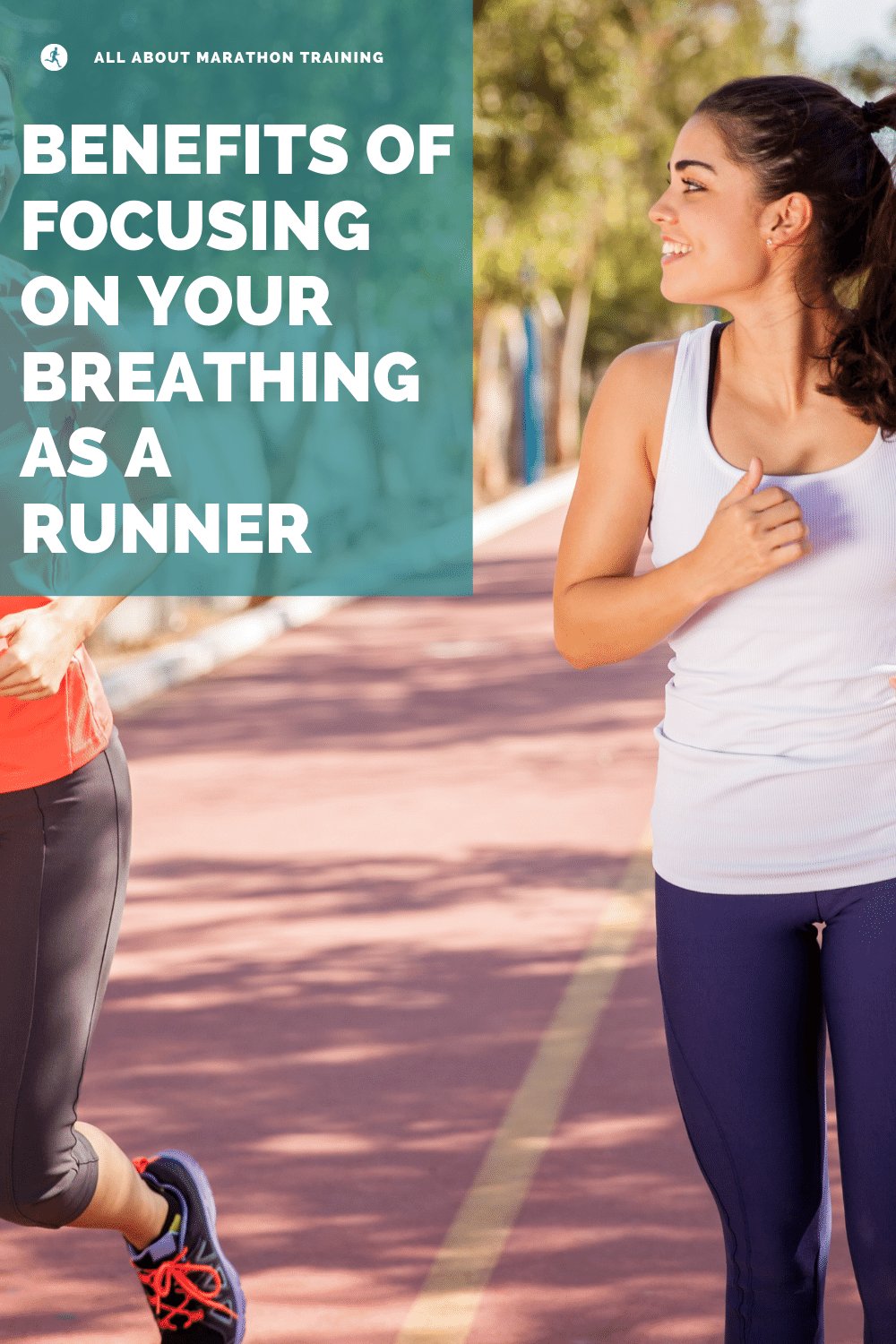
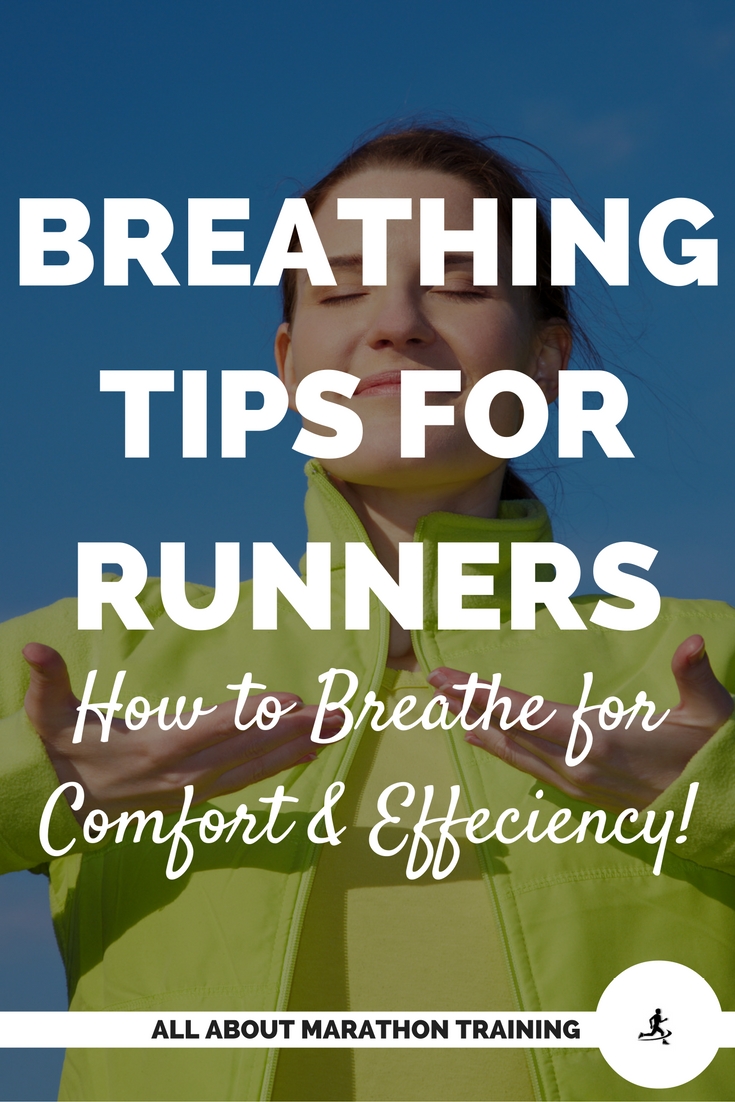
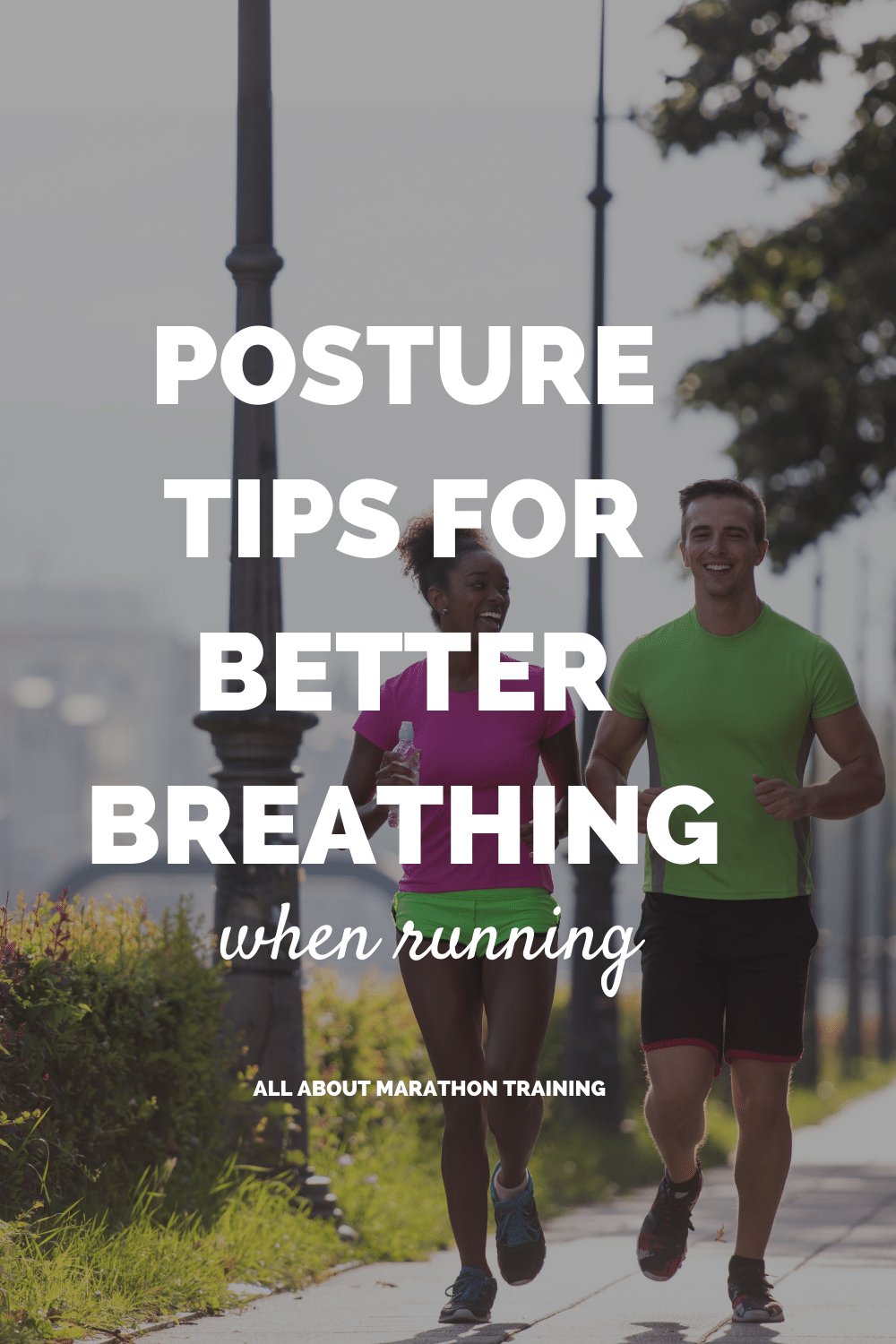

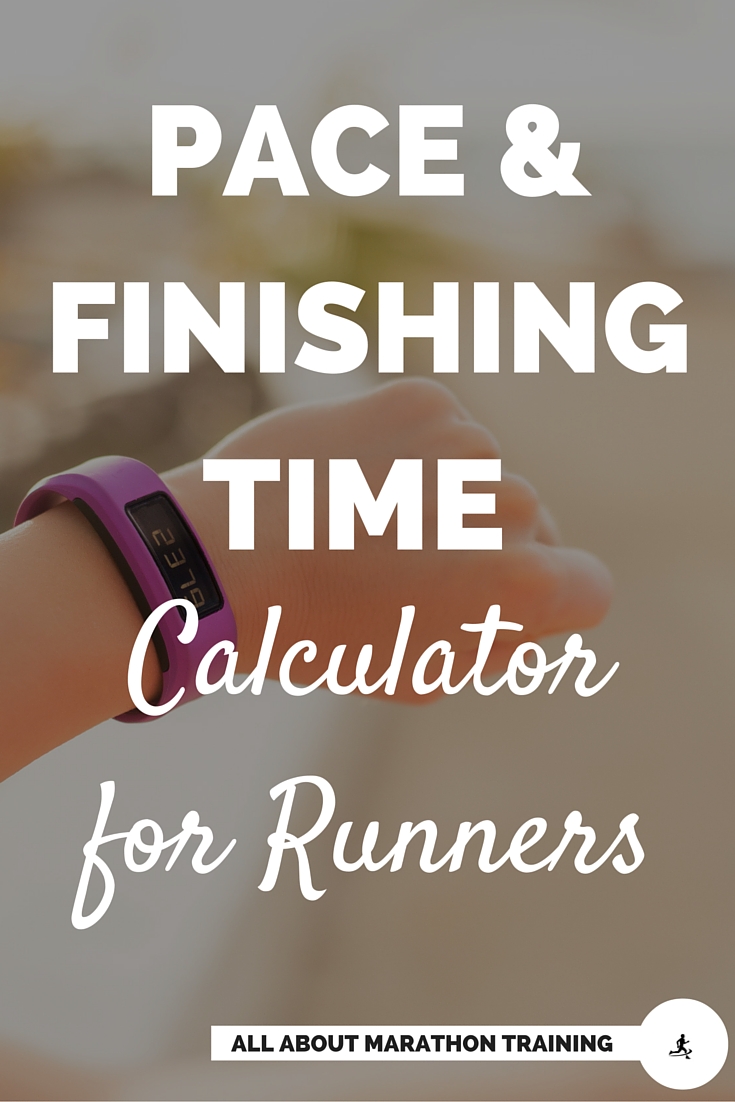
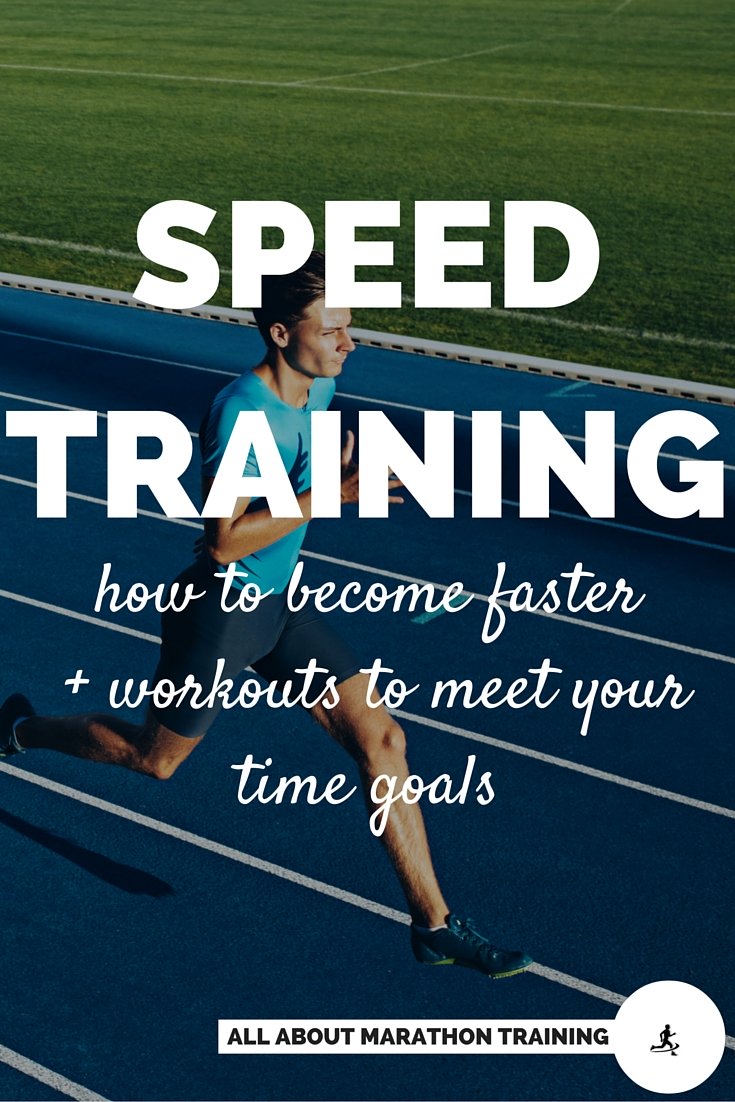
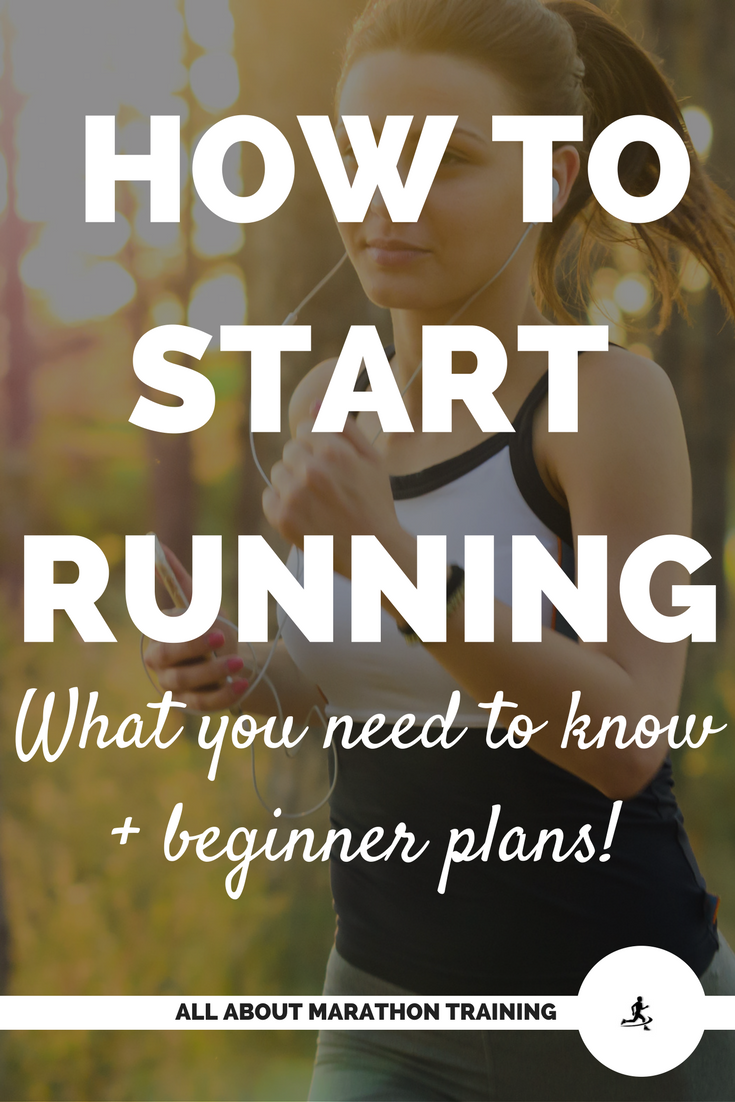

New! Comments
Have your say about what you just read! Leave me a comment in the box below.